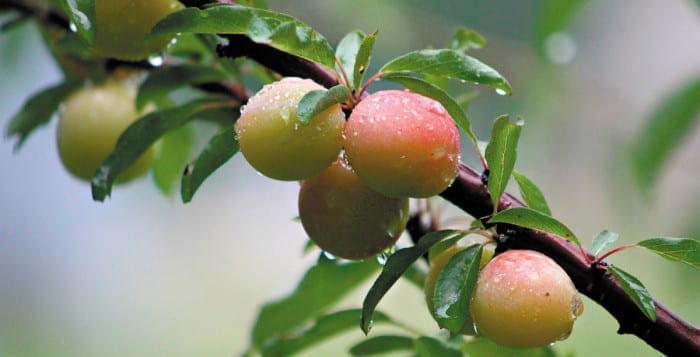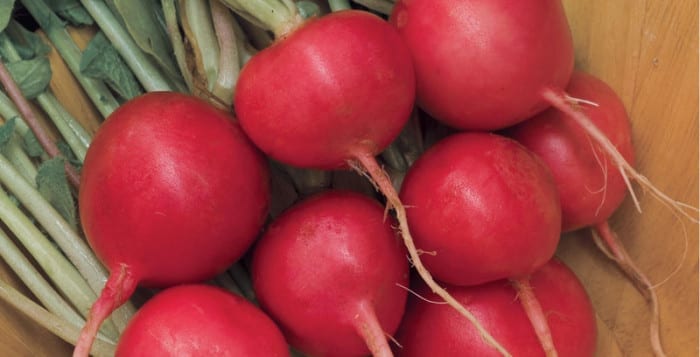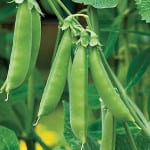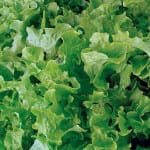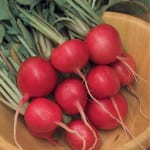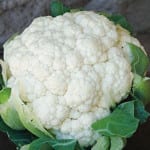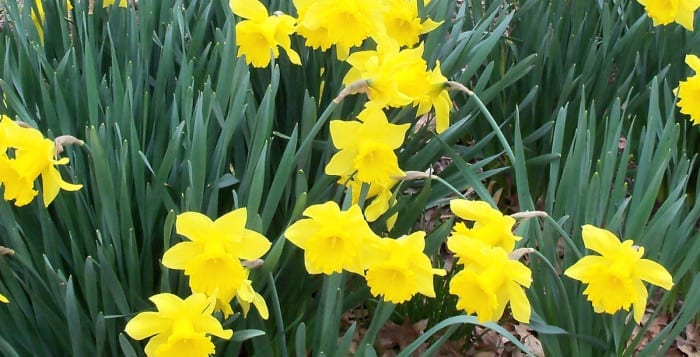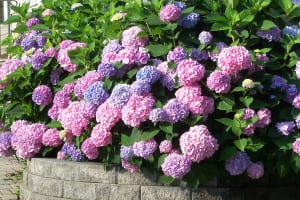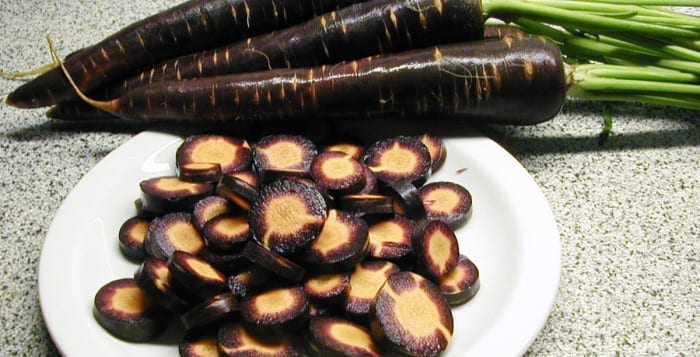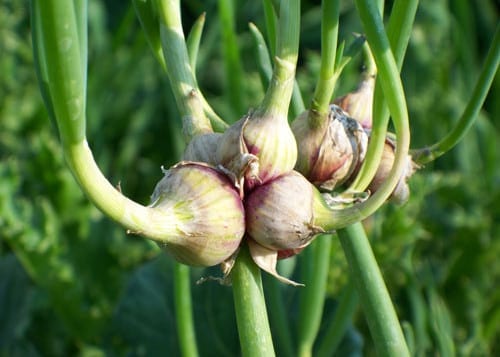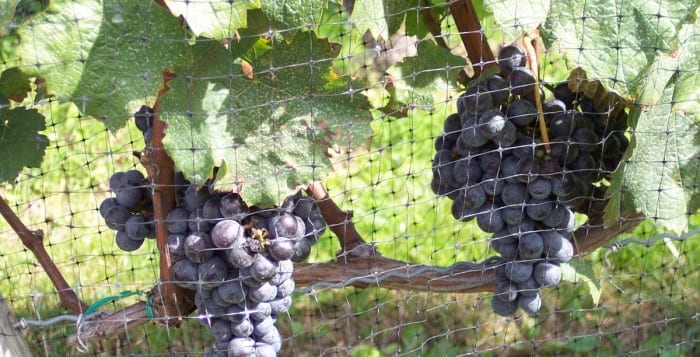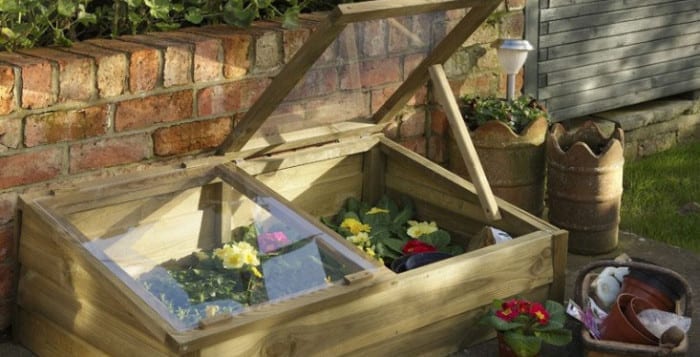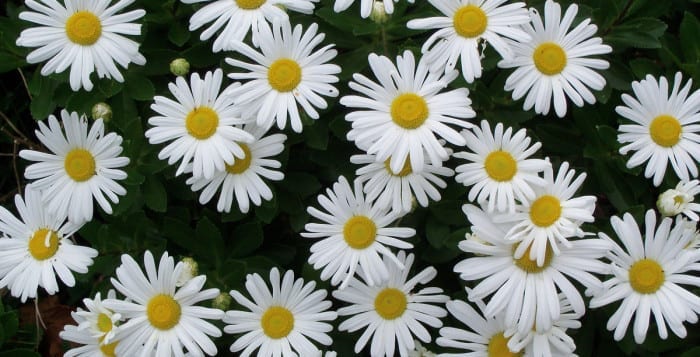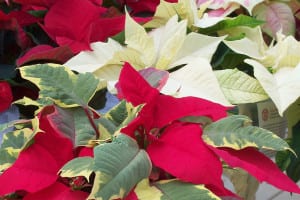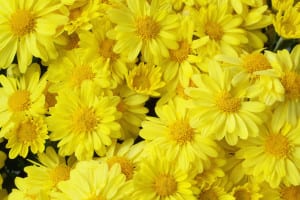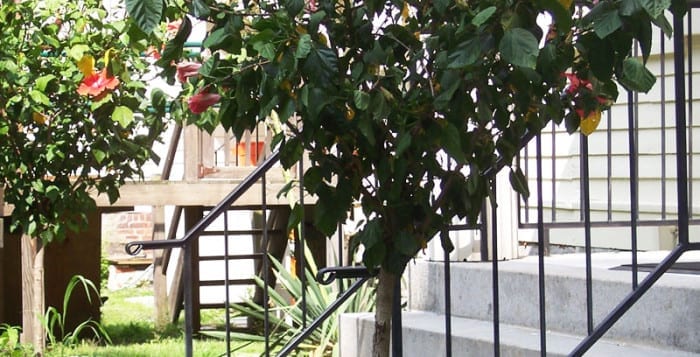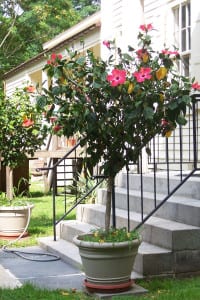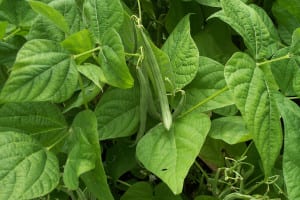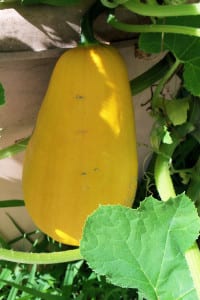By Ellen Barcel
Most Long Islanders know that there are certain fruits that grow well here. Come spring, the strawberries are ripe for the picking. As the summer progresses, blueberries, which love our acidic soil, are ripening. Later in the season, both grapes and apples are ripe. However, consider trying at least one unusual fruit in your garden this year.
1 — As you look through your gardening catalogues or other research material, read the descriptions carefully. Especially note the U.S. Department of Agriculture’s hardiness zones in which the plants will grow. For example, I’ve seen some really unique fruit available in catalogues, but they only grow in warmer climates. Long Island is hardiness zone 7. Fruit that is only hardly is zones 8 and above, will not survive our winters. Note that plants that do well in zones 2 or 3 to 6 usually will not do well here since either they don’t do well in our summer heat or they require a really cold winter to thrive.
2 — Check out whether the plant is self-fertile or needs more than one to pollinate it. Some need a second of its same variety while others need a different variety.
3 — Check the soil pH in which the plant will thrive. If your soil is too acidic you need to add lime. If yours is to alkaline, you need to add something like Miracid or Holly Tone to make it more acidic. Once you begin changing the soil’s pH, you need to do this ever after, or the soil will revert to what it would be naturally. Read the package and test your soil.
4 — Note the size of the plants. A row of eight-foot-tall blueberries can make a lovely living screen while a dwarf variety (like ‘Dwarf Tophat’) can be grown in a container on the patio for a tiny garden. If you are making a living screen, remember that since virtually all of the fruiting plants are deciduous, you’ll only get the benefits of the screen in warm weather when the plant is growing.
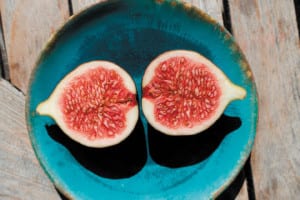 Now, for some unusual fruits to look into:
Now, for some unusual fruits to look into:
- Gogi berries (Lycium barbarum) are considered to be a superfood because they are very high in antioxidants. The plants grow in zones 5 through 9 and will reach eight to 10 feet tall. They do well in full sun and partial shade. The plants produce white, lilac and purple flowers before the berries themselves form in July. The plant continues to flower and fruit until heavy frost. The plant has no known pest or disease problems and is self-fertile. The berries, which are slightly tart, can be eaten right off the plant or used to make juice, wine and even dried to be used as a snack in trail mix.
- Honeyberries (Lonicera caerulea) do well in zones 3 to 8 and produce blueberry-like flavored fruit, also high in antioxidants. The fruit can be eaten fresh or used to make preserves. The plants can live up to 50 years. Honeyberries need another plant to pollinate it; so when you select plants note which other varieties are good choices. ‘Berry Blue’ reaches just four to five feet tall and blooms in spring followed by the fruit.
- Figs are traditionally associated with warm climates, but a number of varieties have been developed that are hardy in our area. ‘Chicago Hardy’ grows in zones 5 to 10 and ‘Brown Turkey’ is zones 5 to 9. Both are self-pollinating. Figs are great to eat right off the trees, can be dried or used to make preserves. These are not the old fig trees you’ve seen wrapped up in winter, but cold hardy. However, just to make sure, I keep mine small, growing them in large pots and bringing them into an unheated garage in winter.
- Pawpaw (Asimina triloba) is a small specimen tree with large leaves. It grows in zones 5 to 9 bearing fruit in late summer. So, here’s one that adds to the landscape besides giving you tasty fruit. Since it grows well in a soil pH of 5.5 to 7, it’s unlikely that you’ll need to adjust your soil pH for the tree to thrive.
- Native plum (Prunus americanus) does well in zones 3 to 8 but requires two plants for pollination. This is a tall shrub, eight to 10 feet at maturity; so it can be used as a specimen or use a few to make a living screen. It does form thickets, so this can be a factor in your choice. On the other hand, it produces food not only for you but for wildlife as well.
- Dwarf citrus trees such as Dwarf Meyer Lemon, Dwarf Key Lime and Dwarf Calamondin Orange are tender in our area, growing in hardiness zones 9 to 10. But, if you don’t have a greenhouse, you can grow any of these as houseplants in the winter in large pots, bringing them outdoors in the summer. Although the plants are dwarf, they produce edible fruit. Citrus trees do best in an acidic soil, 5.5 to 6.5.
Whatever you select, do try at least one unusual fruiting plant this summer in your garden.
Ellen Barcel is a freelance writer and master gardener.

